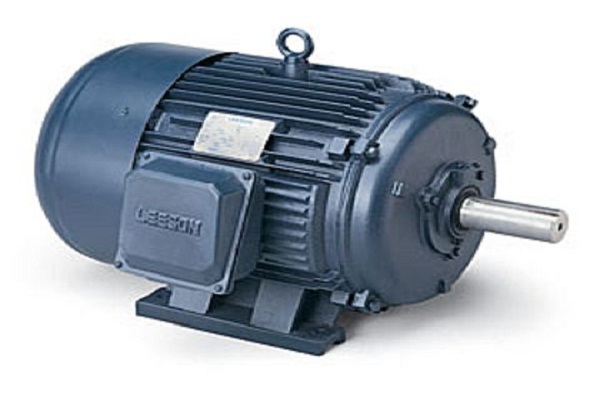The Problem Is That The World Has Changed Since 1998 – Especially In US Industries

Today, this MSMA seems a little outdated. The findings were published 18 years ago about figures that are now over two decades old. There are technicians working on modern motor technologies that were not born when these initial findings were put to paper.
Because of this, the Advanced Manufacturing Office (AMO) is now looking to produce a new Motor System Market Assessment for 2018. It is hoped that this new assessment of motors will provide greater insight to keep the industry up to date.
The industry has changed significantly since this report. Energy efficiency is on an entirely different scale as manufacturers discover new ways of improving fuel consumption. Motor technologies are focusing on small, powerful and convenient models that can provide a more efficient performance.
One key change is the shift to variable frequency drives for greater diversity in options. Products are also more consumer-focused and intelligent. There are a lot of innovations that will ensure that the figures in the 1998 report are out of date. However, it is not just the technology that needs to be considered here.
US researchers cannot forget that a lot of manufacturers have moved away from the US. There is also a higher demand for motor-intensive operation in oil and gas works within the US. These factors will all play a part in the final numbers.
The DOE Is Planning A Careful, Tiered Approach To Creating This New, Updated MSMA
The new MSMA is setting out to look at polyphase motors of 1 hp or greater, and large direct-current motors. This will go across the board from pumping motors, fans, compressed air, and HVAC operations.
This should allow the department to create a profile of the current stock in US commercial and industrial facilities. At the same time, there is a need to gain a better understanding of purchase, operational and maintenance practices in these areas. Finally, there is a desire to look at potential opportunities for further improvements in energy efficiency, costs and future advancements in motor technologies.
These assessments will be conducted until 2017 as researchers look into the different facilities via a tiered approach. The final report is due to be released at some point in 2018.
